Greetings, dear readers!
Today, let’s embark on a journey through time, not on horseback or in a ship, but through the lens of a glass filled to the brim with an amber liquid that has shaped the trajectory of human societies in countless ways. Yes, you guessed it right! We’re talking about the rich history of alcohol, specifically beer, wine, and spirits.
Beer: An Ancient Brew
Our tale begins with beer, one of the oldest and most influential drinks known to humanity. It is believed that our ancient ancestors stumbled upon this frothy delight quite by accident some 7,000 to 9,000 years ago. The ancient Sumerians of Mesopotamia, now modern-day Iraq, were possibly the first civilization to brew beer. Hieroglyphics found on clay tablets depict scenes of brewing and consumption, suggesting the significant role beer played in their society. In fact, beer was so important that it was used as currency, offered as religious sacrifices, and even prescribed as medicine.
Wine: Divine Nectar
Next, we turn our attention to wine, another ancient companion of humanity, considered by many cultures to be a gift from the gods. It originated around 6,000 B.C. in the region now known as Georgia. Early winemakers allowed natural yeast to ferment the juice of crushed grapes, resulting in the divine nectar we cherish today. The art of winemaking spread across Europe, with the Romans and Greeks becoming particularly adept vintners. Wine too, like beer, held a significant place in society, often associated with religious rituals and festivities.
Spirits: The Alchemists’ Elixir
And finally, we arrive at spirits, a much younger sibling in the alcohol family. It was not until the advent of distillation, around 800 AD, that we began to see the creation of potent spirits. The technique, invented by Arab alchemists, was initially used for medicinal purposes. However, as the practice of distillation spread to Europe, it was quickly adapted to produce spirits from fermented grains and fruits. From the fiery ‘aqua vitae’ of the medieval monks to the smooth whiskies and vodkas we enjoy today, spirits have indeed come a long way.
Whether it’s a frosty pint of beer, a delicate glass of wine, or a stiff shot of spirits, these age-old beverages continue to shape our social rituals, economies, and even politics. And though they may vary in taste, origin, and potency, they all share one common trait: the power to bring people together in celebration, reflection, and camaraderie.
So here’s to beer, wine, and spirits! Let us remember to savor them responsibly and toast to the countless generations of innovators who brought them into our lives.
Until next time,
Percival Q. Higginbottom
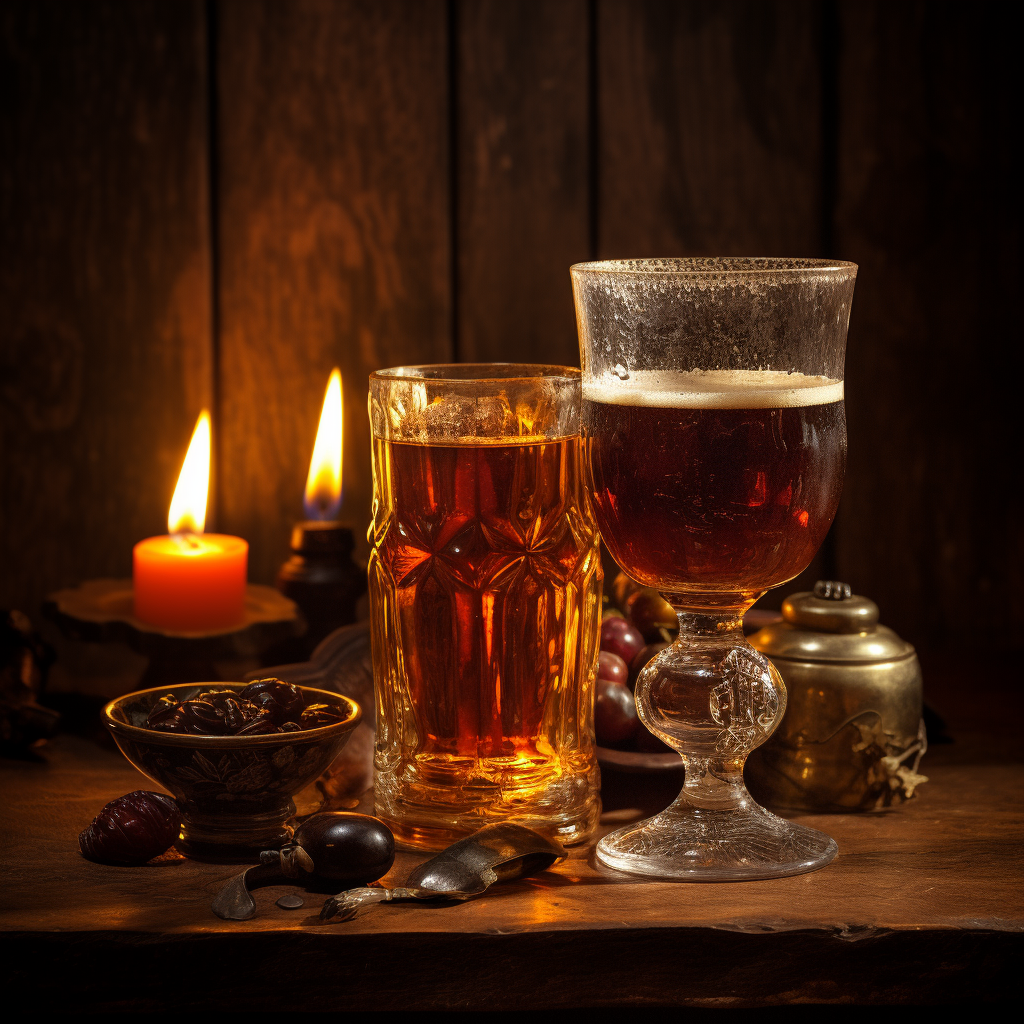
Further Reading:
- Beer History: BeerAdvocate: Dive deep into the frothy history of beer and understand its impact on various cultures over time.
- Wine History: Wine Folly: A rich resource that traces the origins of wine, exploring its vital significance in ancient cultures.
- Spirits and Distillation: History.com: Learn about the evolution of distillation and how it revolutionized the production of spirits.
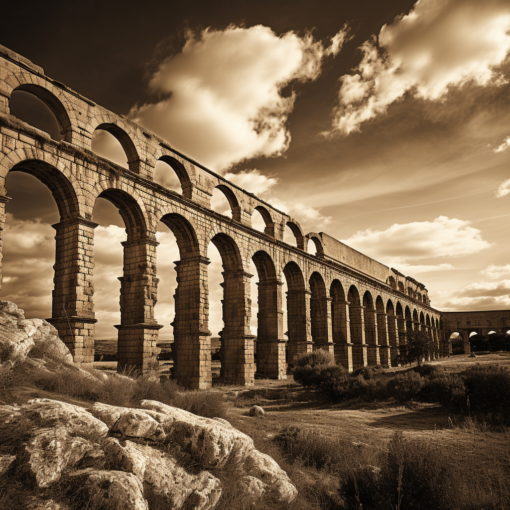
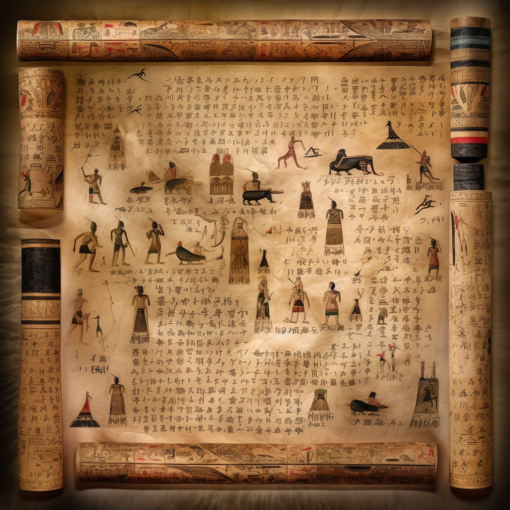
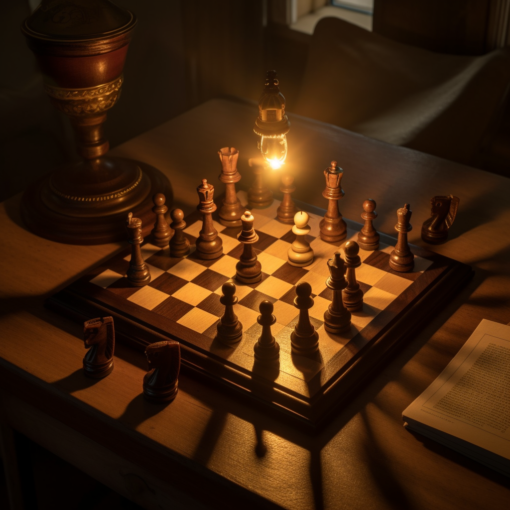
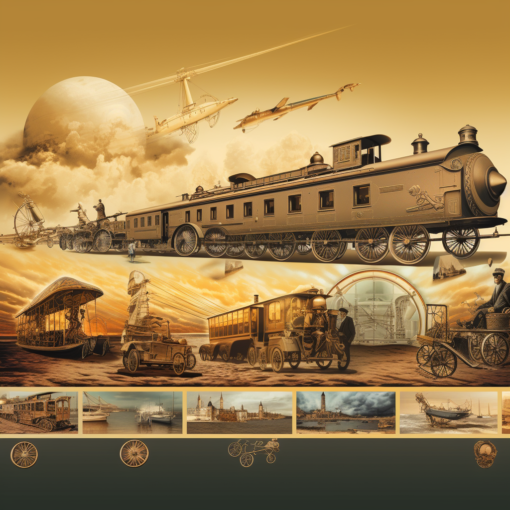

5 thoughts on “The Alluring Alchemy of Spirits: A Historical Voyage Through the World of Alcohol”
Thanks for sharing. I read many of your blog posts, cool, your blog is very good.
Your article helped me a lot, is there any more related content? Thanks!
Thanks for sharing. I read many of your blog posts, cool, your blog is very good.
Can you be more specific about the content of your article? After reading it, I still have some doubts. Hope you can help me.
Can you be more specific about the content of your article? After reading it, I still have some doubts. Hope you can help me.